By Sean Fagan
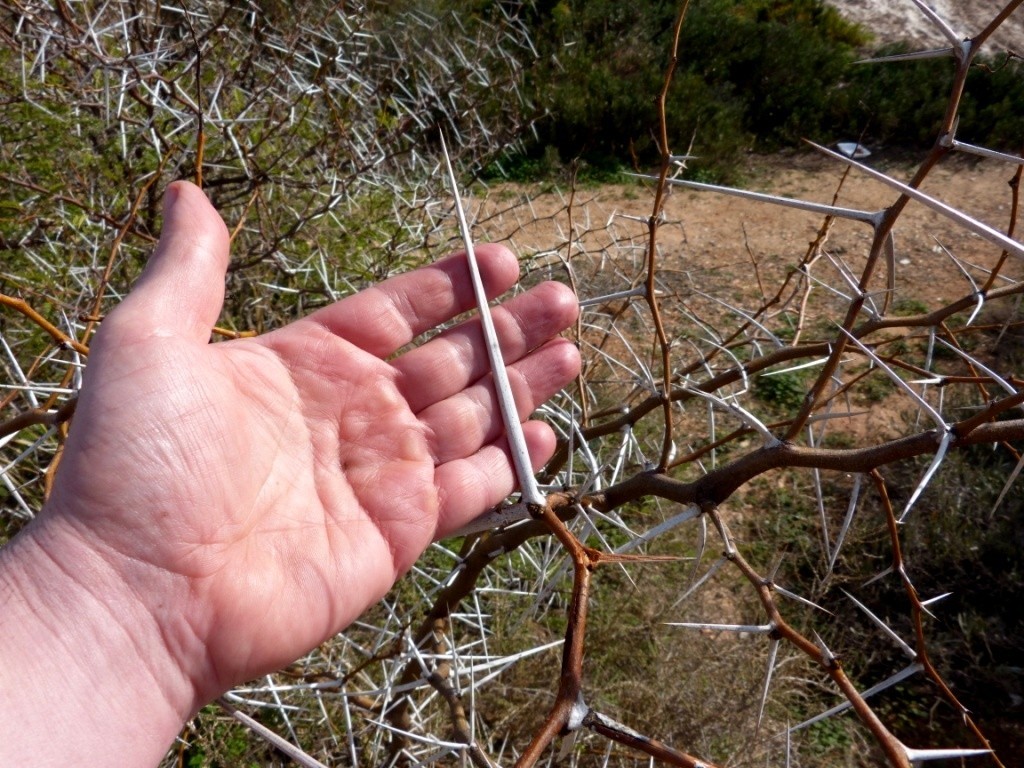
Besides many bushcraft applications, these long thorns also speak of a fascinating, evolutionary history. Hailing originally from Southern Africa this fearsome member of the acacias employs these long thorns as a means of physical defense against equally formidable herbivores (elephants and giraffes!). Considering the hungry tongue of a giraffe can measure 18-20 inches long, it pays to arm your branches and twigs with long thorns (Photo: Sean Fagan, Portugal).
.
The Bushcraft Lesson of Improvisation
.
The bushcraft applications of these amazingly long, fearsome thorns of a Vachellia karoo I came across in Portugal are many - spear and trap points, awl, fish hook, toothpick, sewing needle, even a defensive weapon…
Can you think of any more ideas?
A lot of bushcraft is about improvising with what nature provides.
And that’s the essential point of this mini-blog: Stretching our abilities to improvise in nature is an invaluable bushcraft & survival asset.
It can also be fun.
Our highly skilled and resourceful, hunting and gathering ancestors were masterful improvisers.
I believe it's within us - to improvise, adapt and experiment in nature.
Often, this faculty within us just needs occasional practice to tap into its potential.
Creativity is an often overlooked asset of bushcraft - especially among the increasing commercialisation (and slick marketing) of modern bushcraft and adventuring.
Spending money on the latest bit of bushcraft kit is not necessarily the answer.
But increasing our focus on doing more with less is certainly a step in the right direction.
.
.
"You can't use up creativity. The more you use the more you have." ~ Maya Angelou
.
.
.
Resources:
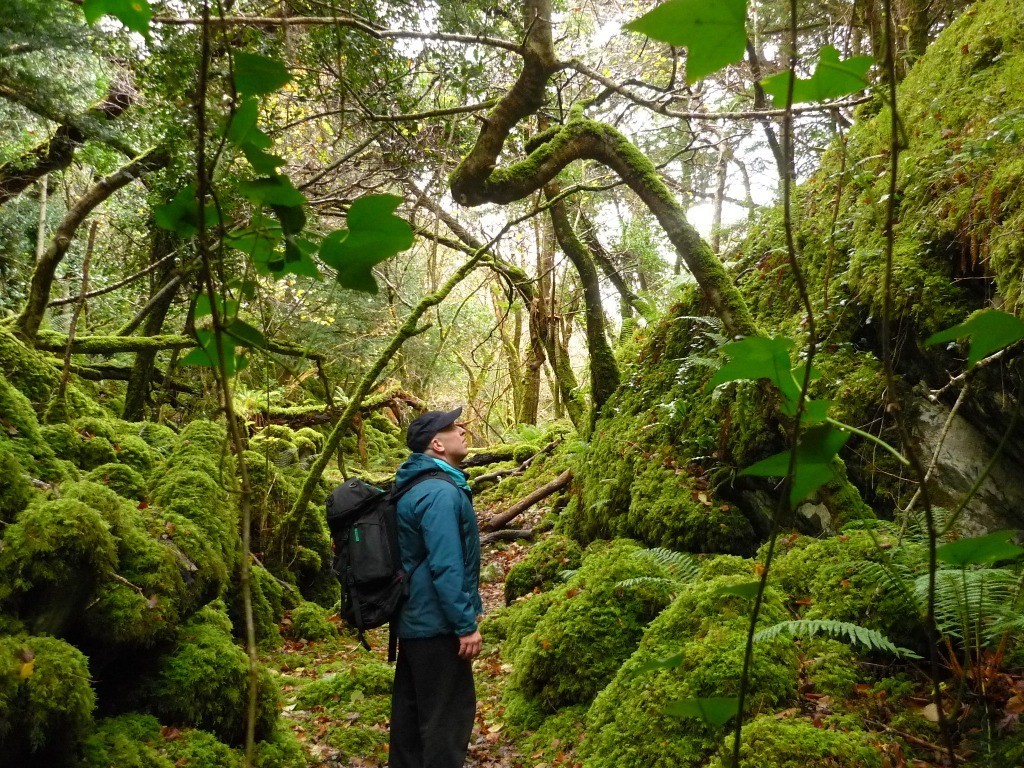
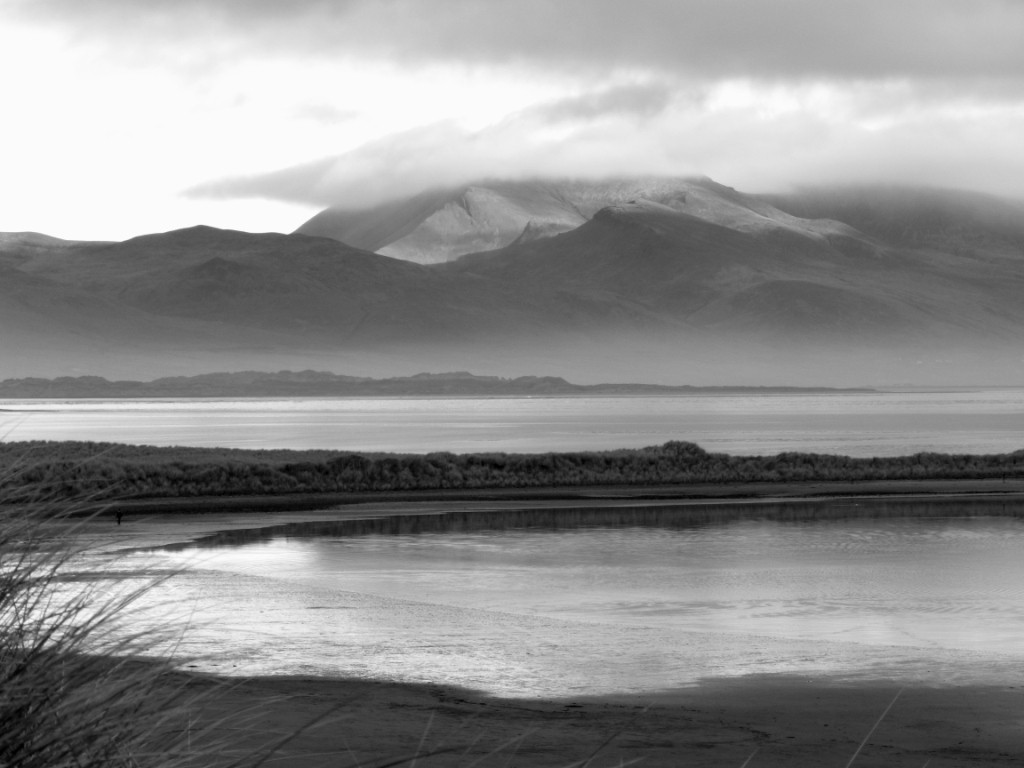
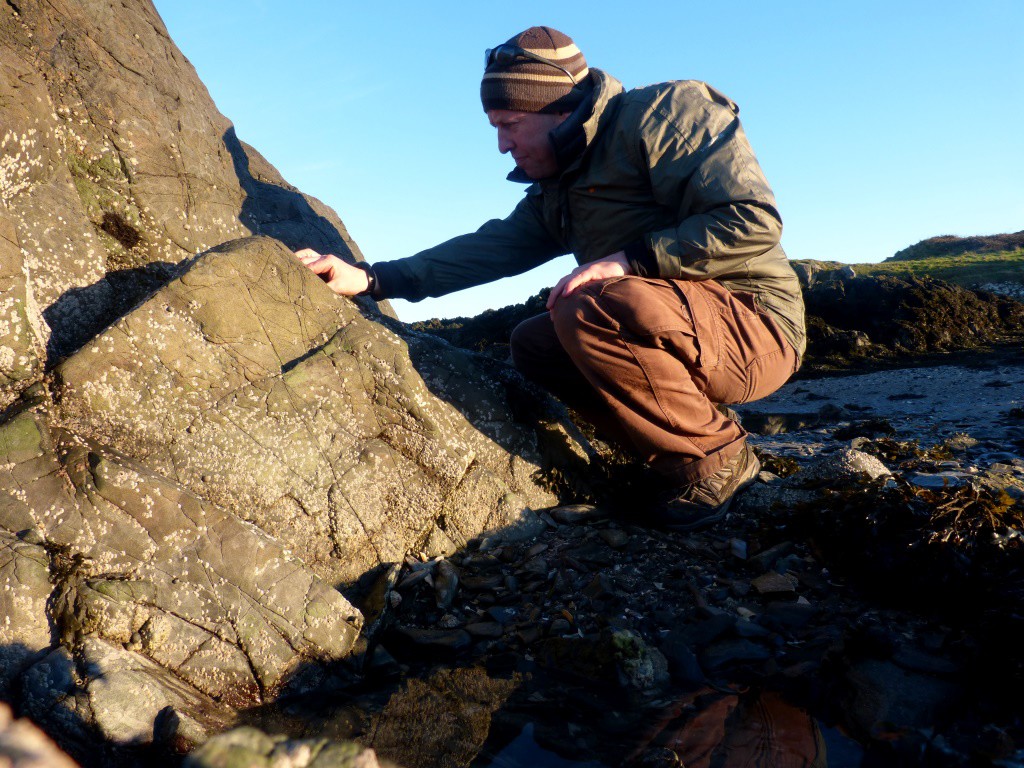
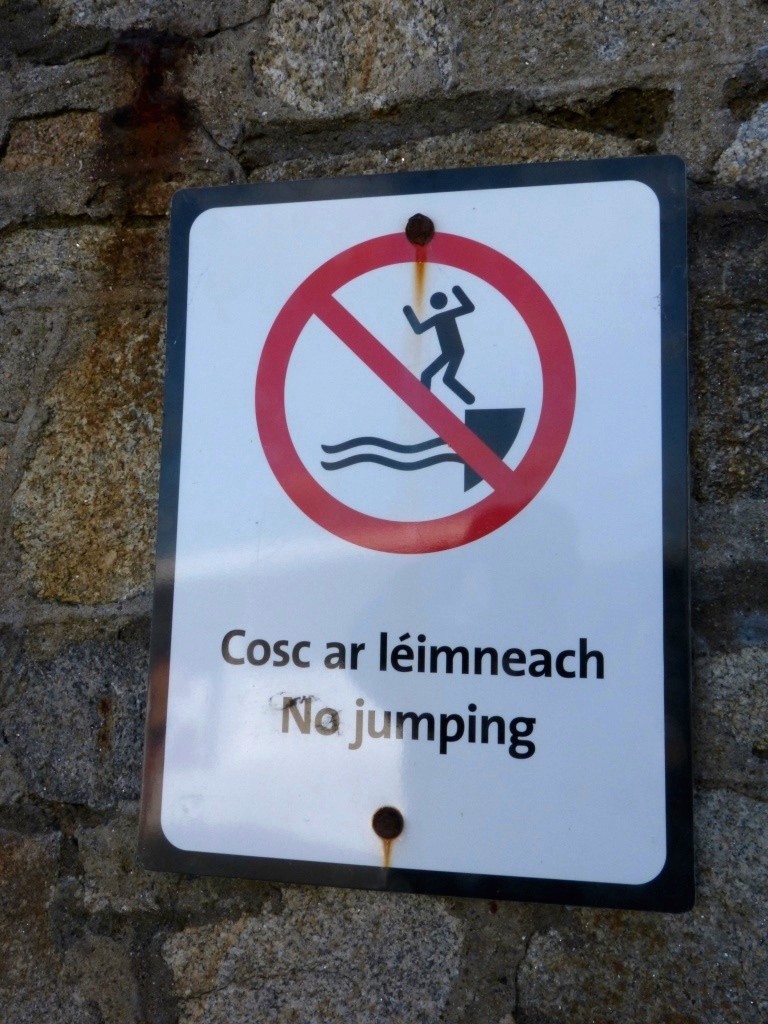
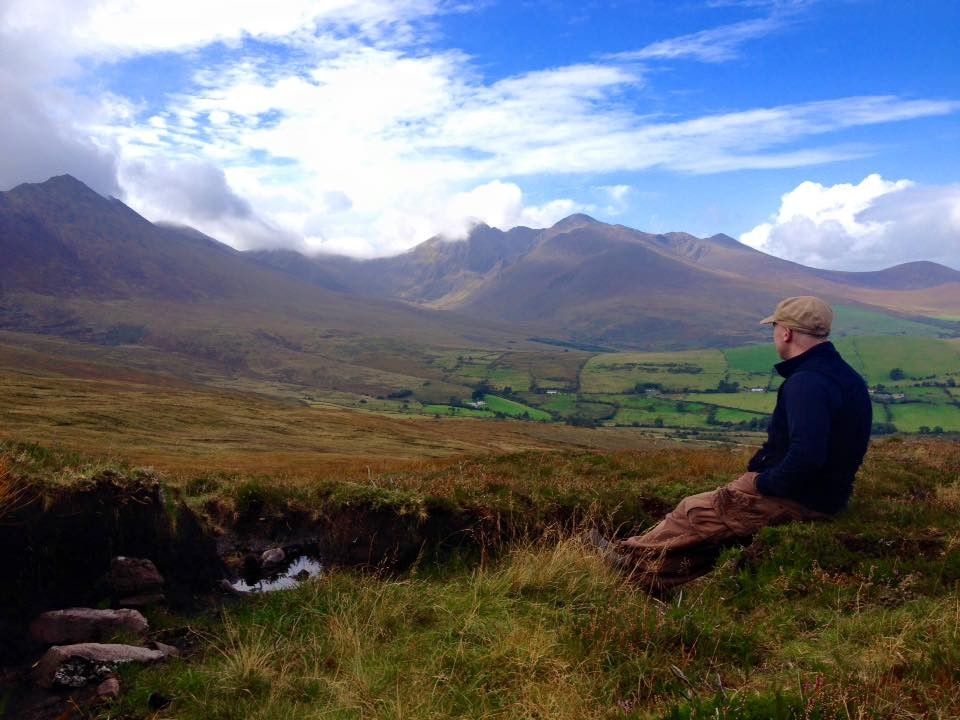
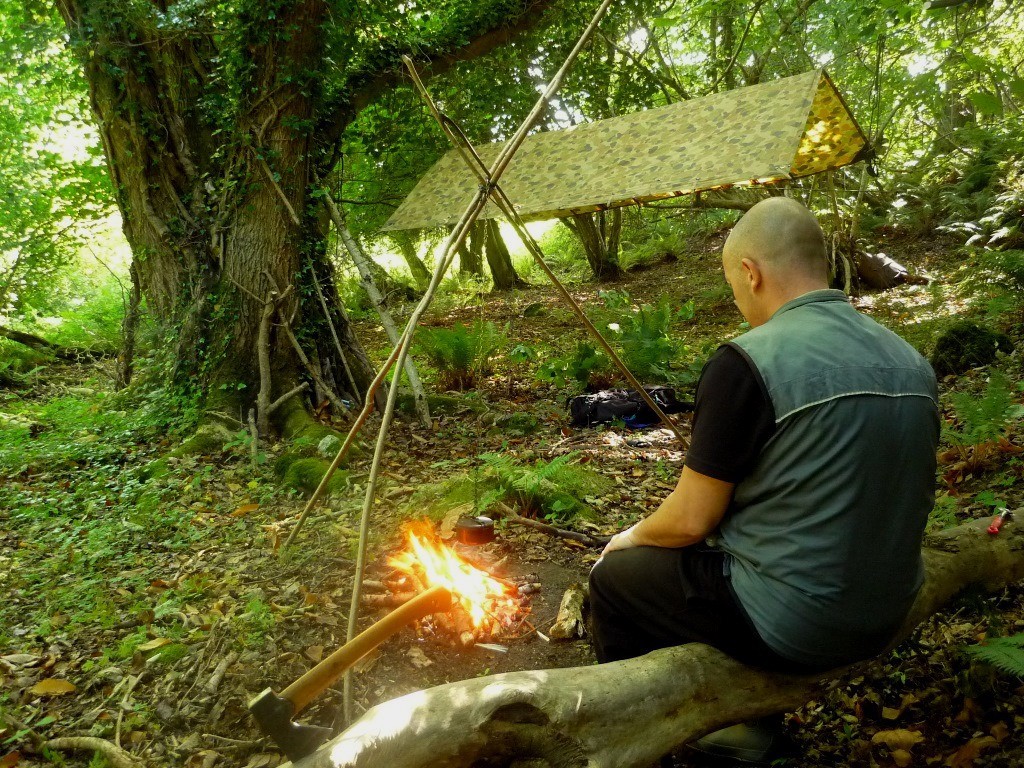
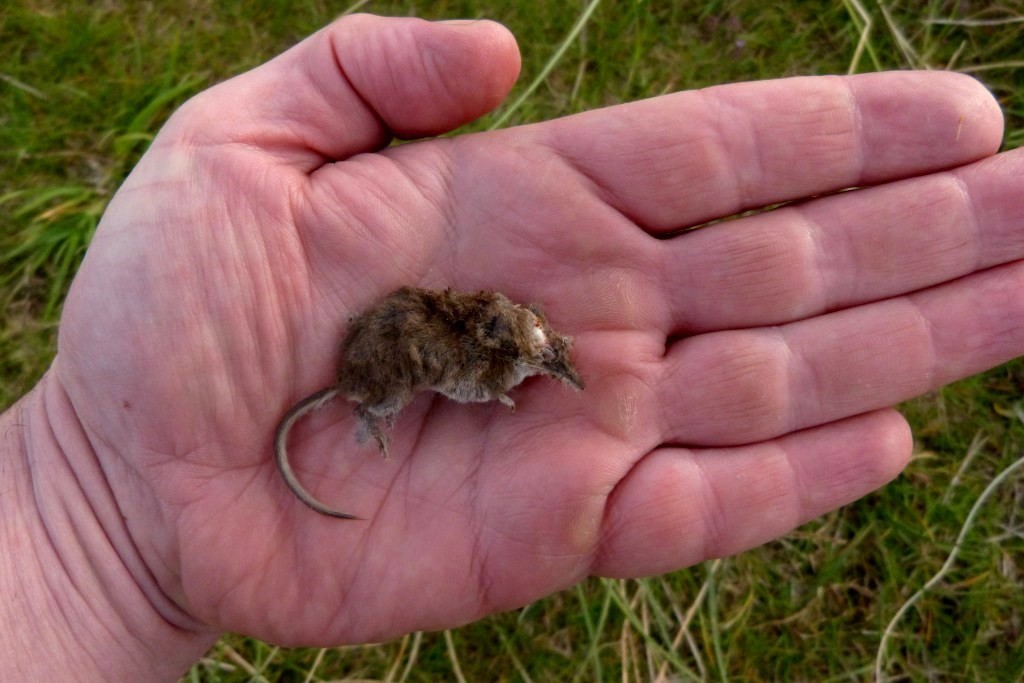
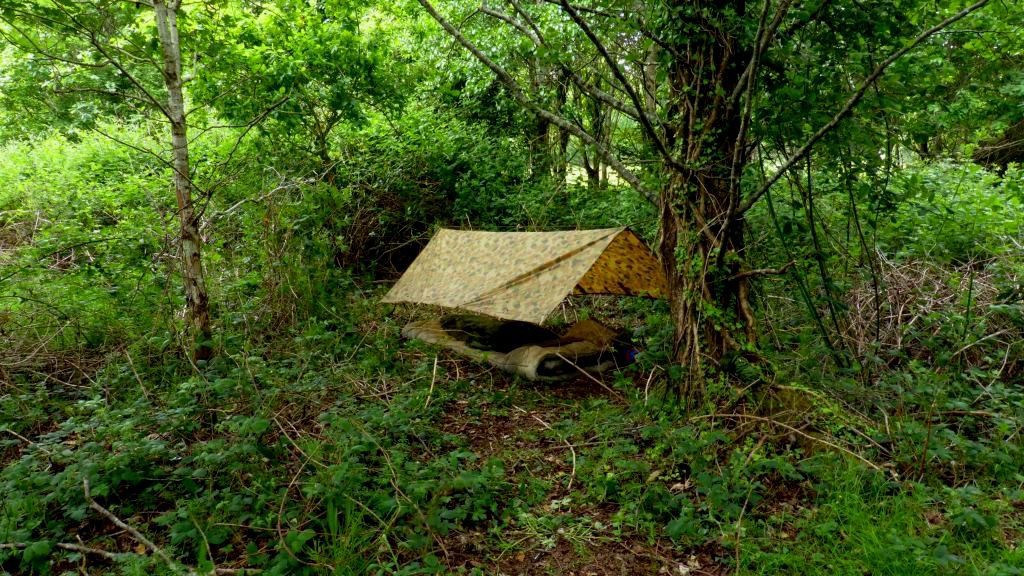
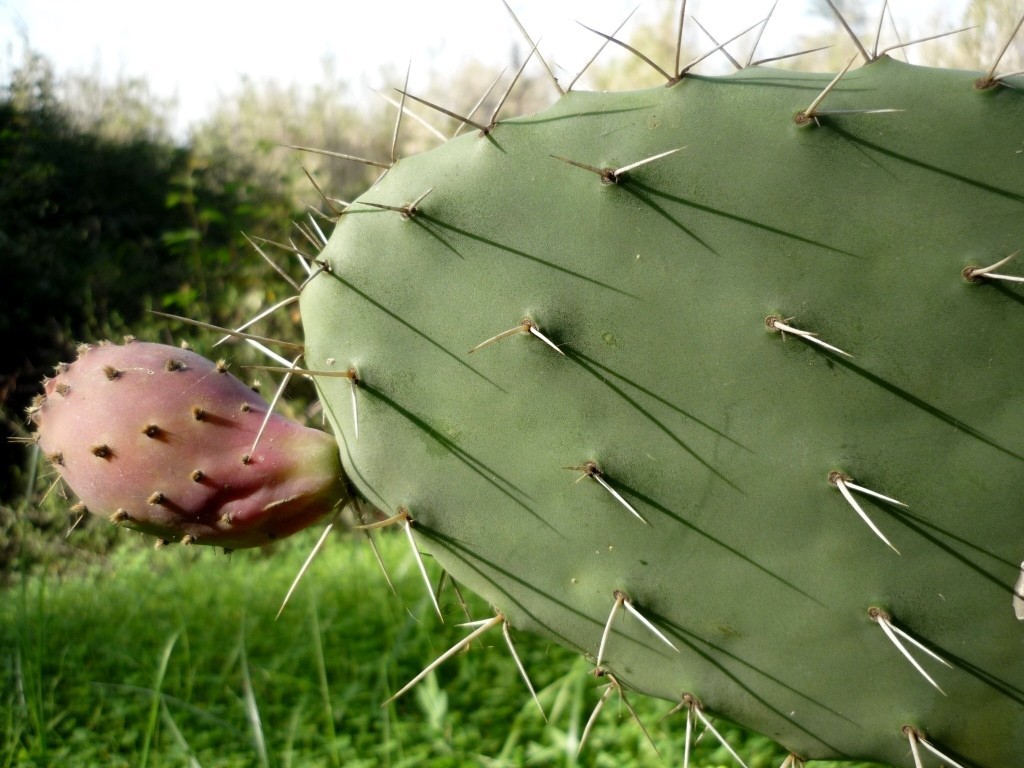

Recent Comments